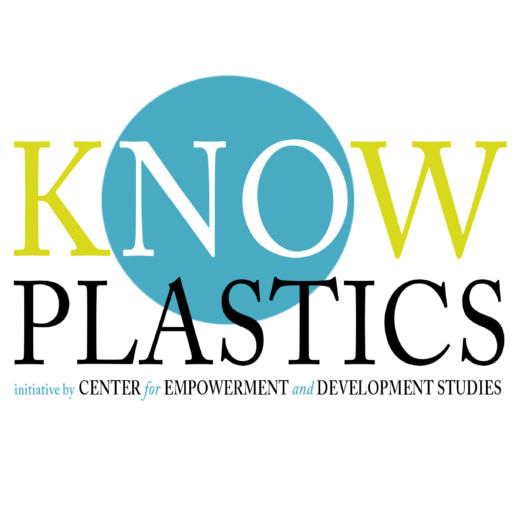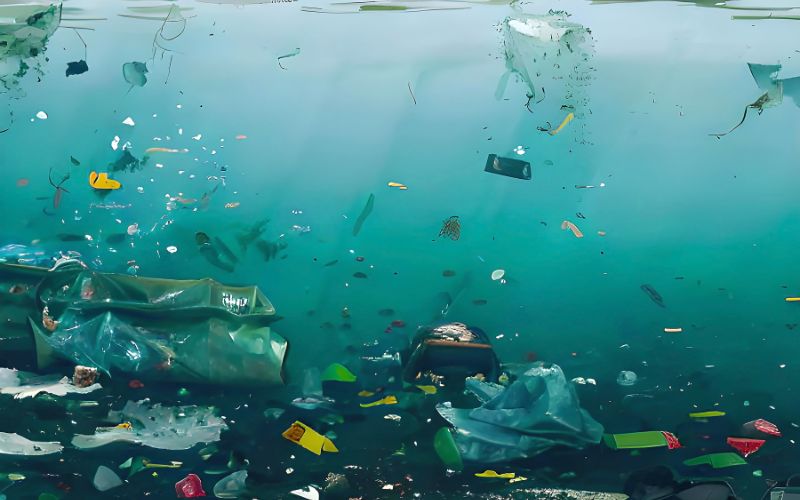Plastic pollution has emerged as one of the most pressing environmental challenges of our time, permeating every corner of the planet—from pristine oceans to remote wilderness. Understanding the profound consequences of plastic pollution is crucial for fostering awareness and driving collective action towards sustainable solutions.
Sources and Scope of Plastic Pollution
Plastic pollution originates from a multitude of sources, including:
- Single-Use Plastics: Items like plastic bags, straws, bottles, and packaging are used briefly but persist in the environment for centuries.
- Microplastics: Tiny plastic particles resulting from the breakdown of larger plastics or intentionally manufactured for products like cosmetics and textiles.
- Industrial Waste: Plastic manufacturing processes and industrial discharges contribute to pollution through spills and improper waste management.
Impact on Marine Ecosystems
- Marine Wildlife: Marine animals often mistake plastic debris for food or become entangled in it, leading to injury, suffocation, and death. This affects species ranging from seabirds and turtles to whales and fish.
- Ecosystem Disruption: Plastic pollution alters habitats and ecosystems, affecting biodiversity and the balance of marine food webs. Coral reefs, for instance, are threatened by entanglement and smothering from plastics.
- Toxicity and Bioaccumulation: Plastics can leach harmful chemicals and absorb pollutants from seawater. These toxins can accumulate in marine organisms, posing risks to human health through seafood consumption.
Land and Air Pollution
- Environmental Degradation: In terrestrial environments, plastic waste litters landscapes, clogs waterways, and contributes to soil degradation. It persists in the environment for centuries, impacting natural ecosystems and agricultural lands.
- Airborne Microplastics: Microplastics can be transported through the atmosphere, potentially contaminating remote regions and urban areas alike. This raises concerns about their impacts on human health and ecosystems far from their original sources.
Global Implications and Long-Term Effects
- Climate Change: The lifecycle of plastics, from production to disposal, contributes to greenhouse gas emissions, exacerbating climate change through fossil fuel extraction and refining.
- Economic Costs: Plastic pollution imposes significant economic burdens on communities and industries, including costs associated with cleanup, healthcare, and impacts on tourism and fisheries.
Addressing the Crisis: Solutions and Progress
- Reduce, Reuse, Recycle: Promoting responsible consumption habits and improving recycling infrastructure are essential steps to minimize plastic waste.
- Innovation and Policy: Encouraging innovations in eco-friendly materials, implementing extended producer responsibility (EPR) schemes, and banning single-use plastics can curb pollution at its source.
- International Cooperation: Global collaboration is crucial to tackle plastic pollution comprehensively, with initiatives like the UN’s Clean Seas Campaign fostering partnerships among governments, industries, and civil society.
Conclusion: Toward a Plastic-Free Future
The environmental impact of plastic pollution transcends borders and requires concerted global efforts to mitigate its far-reaching consequences. By raising awareness, implementing effective policies, and embracing sustainable alternatives, we can safeguard our oceans, lands, and communities from the devastating effects of plastic pollution. Together, we can forge a path towards a cleaner, healthier planet for current and future generations.
3.5


